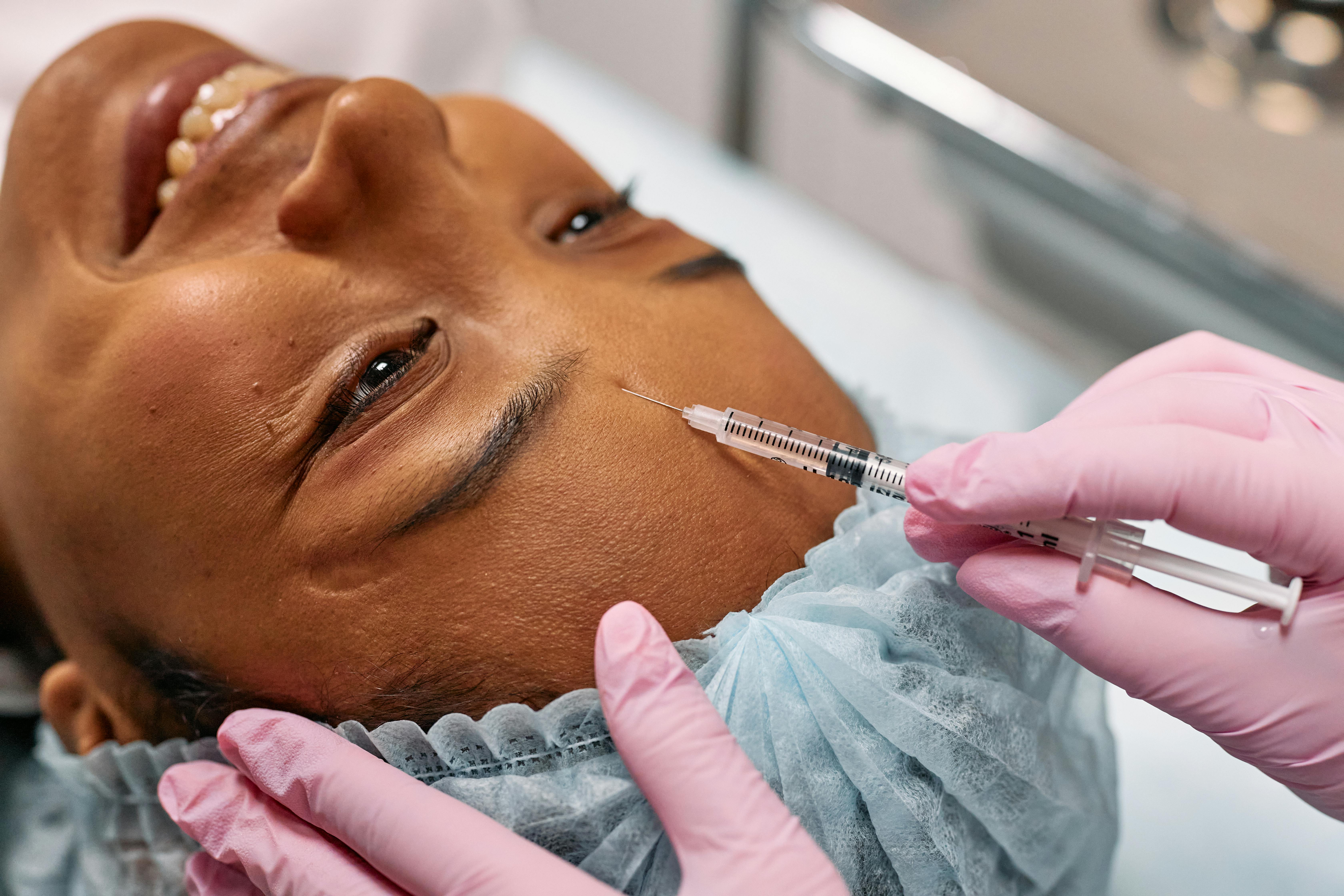Understanding laser removal of warts and what to expect
Warts are small, benign growths caused by the human papillomavirus (HPV). They can appear anywhere on the body but are particularly common on hands and feet. Although warts are generally harmless, they can be unsightly and sometimes uncomfortable. This article explores the laser removal of warts, examining how the procedure works, its effectiveness, and recovery expectations. By the end, you’ll understand the procedure and whether it could be a good option for you.

What are warts and why do they occur?
Warts are caused by various strains of the human papillomavirus (HPV), which infects the top layer of skin. The virus enters the body through tiny cuts or breaks in the skin, causing rapid cell growth on the outer layer. This results in the formation of a small, rough bump or cluster of bumps. Warts can occur on any part of the body but are most common on hands, feet, and genitals. They are contagious and can spread through direct contact or by touching surfaces contaminated with the virus.
How does laser wart removal work?
Laser wart removal is a medical procedure that uses focused light beams to target and destroy the blood vessels that supply the wart. The procedure typically involves the following steps:
-
The area around the wart is cleaned and may be numbed with a local anesthetic.
-
A laser, usually a pulsed-dye or carbon dioxide laser, is directed at the wart.
-
The laser light is absorbed by the blood vessels within the wart, causing them to heat up and coagulate.
-
This process effectively cuts off the wart’s blood supply, causing it to die and eventually fall off.
The procedure is generally quick, lasting only a few minutes per wart, depending on its size and location.
What are the benefits of laser removal over traditional methods?
Laser wart removal offers several advantages over conventional treatments:
-
Precision: Lasers can target the wart tissue specifically, minimizing damage to surrounding healthy skin.
-
Less pain: Many patients report less discomfort compared to freezing (cryotherapy) or surgical excision.
-
Reduced scarring: The precision of laser treatment often results in less scarring than other methods.
-
Faster healing: Many patients experience quicker healing times with laser treatment.
-
Effective for stubborn warts: Laser removal can be particularly useful for warts that haven’t responded to other treatments.
What is the aftercare and recovery process like?
After laser wart removal, patients can expect the following:
-
Immediate aftermath: The treated area may be red, swollen, and slightly painful.
-
Wound care: Keep the area clean and dry. Your doctor may recommend applying an antibiotic ointment.
-
Healing time: The wart typically falls off within 2-4 weeks.
-
Follow-up: A follow-up appointment is usually scheduled to ensure complete removal and check for any recurrence.
-
Potential side effects: These may include temporary changes in skin color, mild scarring, or in rare cases, infection.
It’s crucial to follow your doctor’s specific aftercare instructions to ensure proper healing and minimize the risk of complications.
Who should consider laser removal of warts?
Laser wart removal may be particularly beneficial for:
-
Individuals with warts that haven’t responded to over-the-counter treatments.
-
Those with large or numerous warts.
-
People with warts in sensitive areas or locations that make other treatments difficult.
-
Patients seeking a potentially faster and less painful treatment option.
-
Individuals concerned about scarring from other removal methods.
However, laser treatment may not be suitable for everyone. It’s generally not recommended for pregnant women, people with certain skin conditions, or those taking medications that increase light sensitivity.
What are the costs and insurance considerations for laser wart removal?
Laser wart removal is typically considered a cosmetic procedure, which means it may not be covered by health insurance. The cost can vary significantly depending on factors such as the number and size of warts, the type of laser used, and the location of the treatment facility.
| Provider Type | Estimated Cost Range (per session) | Number of Sessions Typically Needed |
|---|---|---|
| Dermatologist | $200 - $500 | 1-3 |
| Cosmetic Clinic | $150 - $400 | 2-4 |
| Medical Spa | $100 - $300 | 2-5 |
Prices, rates, or cost estimates mentioned in this article are based on the latest available information but may change over time. Independent research is advised before making financial decisions.
It’s important to note that multiple sessions may be required for complete wart removal, which can increase the overall cost. Some providers offer package deals for multiple treatments. Before proceeding with laser wart removal, it’s advisable to consult with a dermatologist or qualified healthcare provider to discuss your specific case, potential outcomes, and associated costs.
In conclusion, laser wart removal offers a precise and potentially less painful alternative to traditional wart treatments. While it can be effective for many people, especially those with stubborn or numerous warts, it’s important to weigh the benefits against the costs and potential risks. Always consult with a healthcare professional to determine the best treatment option for your specific situation.
This article is for informational purposes only and should not be considered medical advice. Please consult a qualified healthcare professional for personalized guidance and treatment.




